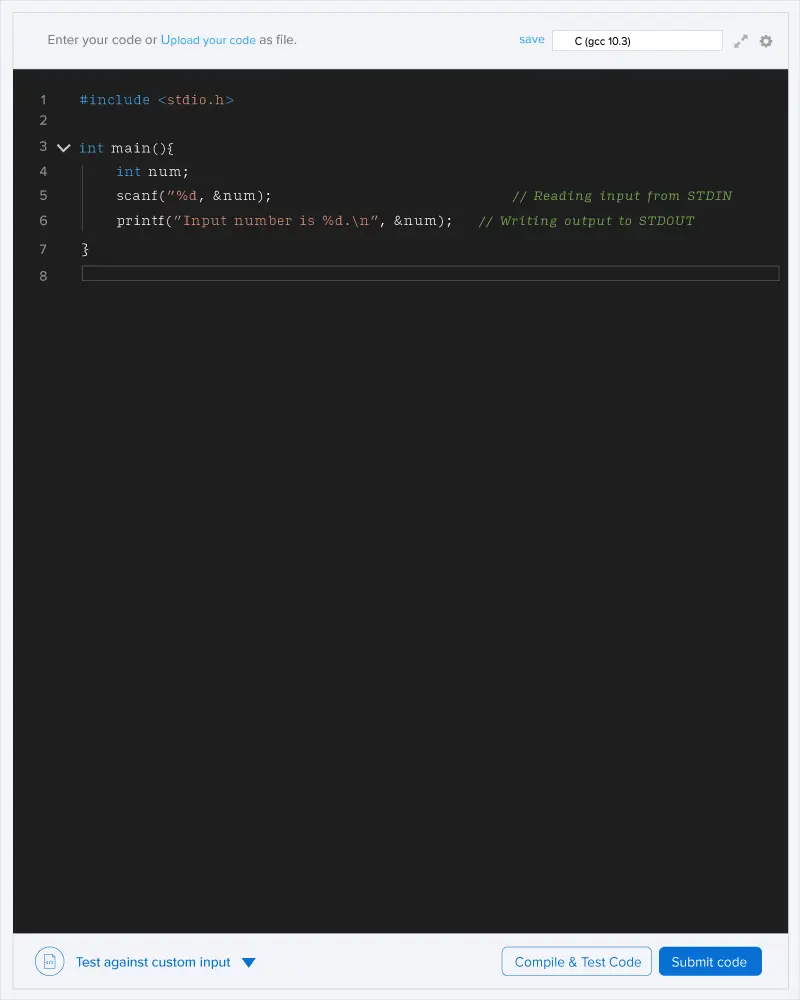A pair of distinct positive integers (a,b) is said to be a coprime-twin pair, if for all positive integers x, both a and b are coprime to x or both a and b are not coprime to x. Formally, 2 distinct positive integers a and b can form a coprime-twin pair if and only if S(a)=S(b), where S(x) denotes the set of all positive integers that are coprime to x. For example,
- (2,4) and (18,24) are coprime-twin pairs.
- (1,2) and (4,6) are not coprime-twin pairs.
- (3,3) is not a coprime-twin pair because a coprime-twin pair must consist of distinct integers.
The score of a sequence a1,a2,...,an is the number of indices i,j such that 1≤i<j≤n and the pair (ai,aj) forms a coprime-twin pair.
You are given an array A of N positive integers and Q queries of the form L,R. For each query, determine the sum of the scores of all subarrays that completely lie within the range [L,R] (both inclusive).
Note: A subarray is a contiguous non-empty segment of the array. If a subarray completely lies within the range [L,R], then it means that both its endpoints lie within this range.
Input format
- First line: Two space-separated integers N and Q where N denotes the size of the array A and Q denotes the number of queries respectively
- Next line: N space-separated integers that represent the array A
- Next Q lines: Two space-separated integers L R
Output format
For each query, print the answer to the query in a new line as mentioned in the problem statement.
Constraints
1≤N,Q≤105
1≤Ai≤106
1≤L≤R≤N
For the first query, there are no coprime-twin pairs in this range.
For the second query, [2,4] is the only subarray having score 1 (because of the coprime-twin pair (4,8) ). All other subarrays have score 0.
For the third query, the subarrays and their scores are :
[1,1],[2,2],[2,3],[3,3],[3,4],[4,4] => score=0
[1,2],[1,3],[2,4] => score=1
[1,4] => score=3
The sum of the scores is therefore, 6.
The answers to the remaining queries can be found similarly.

